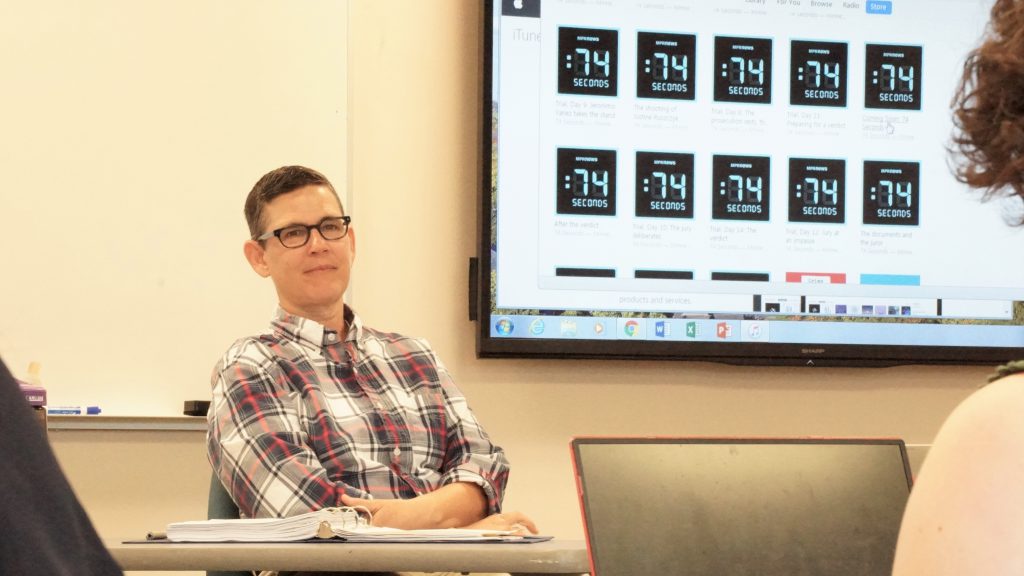
Mitchell Hamline Professor Carolyn Grose hopes her new book helps law students and working attorneys become better persuasive advocates by improving their narrative and storytelling skills, regardless of practice area or type.
“For me, narrative theory does two things—gather and organize information, and persuade,” Grose says.
In “Lawyers, Clients and Narrative: A Framework for Law Students and Practitioners,” written with Professor Margaret Johnson of the University of Baltimore School of Law, Grose argues it’s easier for people to absorb information when it comes in the form of a story. She says having strong narrative skills can help a lawyer better advocate for clients.
“If you think about what lawyers do, we work with facts and we try to persuade,” Grose says. “Whether we’re a litigator or not, we’re always representing a client to help that client accomplish something. We’re trying to persuade somebody. Even if it’s not a judge—if it’s a board of directors, or an IRS officer—as a lawyer we’re trying to change that person’s behavior.”
Grose says narrative theory can even come in handy for attorneys working on something as common as a health care directive. It makes sense, Grose says, because the point of a directive is to get a doctor to do something he or she wouldn’t normally do, like not resuscitate an unconscious patient.
“That document has to be really persuasive. It has to tell a really compelling story in a matter of four or five paragraphs.”
The book breaks down narrative theory into six parts and applies them to different areas of lawyering:
- Characters
- Events
- Causation
- Normalization
- Masterplot
- Closure
Calling it the first comprehensive book of its kind, Grose says it’s meant to help law professors teach legal writing, interviewing, negotiation, counseling, and trial and appellate advocacy.
Successful working attorneys use narrative and storytelling in their work already, but Grose says “Lawyers, Clients and Narrative” will help them use those tools more intentionally and effectively.
“We’re not suggesting anything new here,” she says. “We’re already persuading, organizing, and finding facts. But this book has some tools to do it a lot more efficiently and a lot more effectively. Start asking questions about the characters, start trying to find the events and compile descriptions of the settings. Force yourself to slow down enough to deconstruct what appears to be a static set of facts.”
Grose says the book is based on decades of teaching both in classrooms and in clinical settings. It also includes examples from real-life cases.
The book also uses the first season of the popular crime podcast Serial to demonstrate narrative theory. In addition, Grose has used the Minnesota Public Radio podcast 74 Seconds—which covered the 2016 police shooting of Philando Castile and the subsequent trial of officer Jeronimo Yanez—in her Critical Lawyering class at Mitchell Hamline. Grose also shares updates on how her students use narrative theory, and invites students to post their experiences, on her blog Pay Attention.
